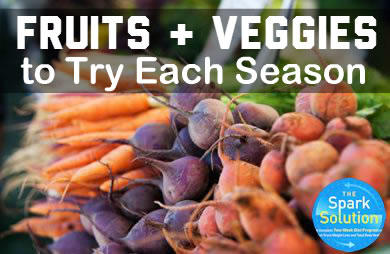|
Each Friday during Lent, the dailySpark will feature a different meat-free main dish. Whether you observe Lent or not, we can all benefit from learning about alternate, affordable proteins. Read the rest of the series here. So I converted some of you to tofu This week, I’m going to introduce you to tempeh. What is tempeh (pronounced tem-pay)? Tempeh is a fermented product made from soybeans that's especially popular on the Indonesian island of Java. Before you wrinkle your nose, know it's not pungent like sauerkraut, kimchi, or natto. But before we talk about how it's made, let's look at how we eat it. Trust me, it's tasty! When crumbled or grated, tempeh has the texture of ground meat. Try it in tacos, spaghetti sauce or chili. It has a nutty flavor that pairs well with big, strong flavors like curry, tomato sauce, barbecue sauce and teriyaki sauce. Sliced thinly, tempeh can be grilled or pan-fried and topped with your favorite sauce. In summer, I marinate tempeh in barbecue sauce that's been thinned with a bit of water, then I grill it alongside zucchini, onions and corn. SparkRecipes has plenty of tempeh recipes--from Chinese tempeh tacos and tempeh vegetable tagine and tempeh scallopini. Over at KathEats.com, Kath eats it raw, with pumpkin butter on whole-grain bread. I've seen several recipes for tempeh croutons lately, too. It's a surprisingly versatile food. You can even make "bacon" from tempeh. Now that your mouth is watering, let's get back to how tempeh is made. Tempeh is made from soybeans that have first been soaked, hulled and partially cooked. An acidic liquid like vinegar is added to create an environment that a certain kind of fungus likes, then a fermentation starter is added. The beans ferment in a warm area for about a day and a half. The beans are bound together, and you're left with a block of protein that's ready to be broiled, baked or steamed. The fermentation helps break down the oligosaccharides, which are the sugars that make beans musical. The protein becomes more digestible after fermentation, too. Tempeh costs about $1.69 for a block that's about a pound. It also comes in multi-grain, soy, wild rice, three-grain, smoked and flax varieties. At most grocery stores, it is in the refrigerated section next to the tofu. Basic tempeh nutrition info: 1/2 cup 230 calories 9 g fat 1 g saturated fat 10 mg sodium 380 mg potassium 16 g carbs 12 g fiber 22 g protein Do you eat tempeh? How do you prepare it? Are you willing to give it a try? |
Popular Entries
More From SparkPeople
|











.jpg)










